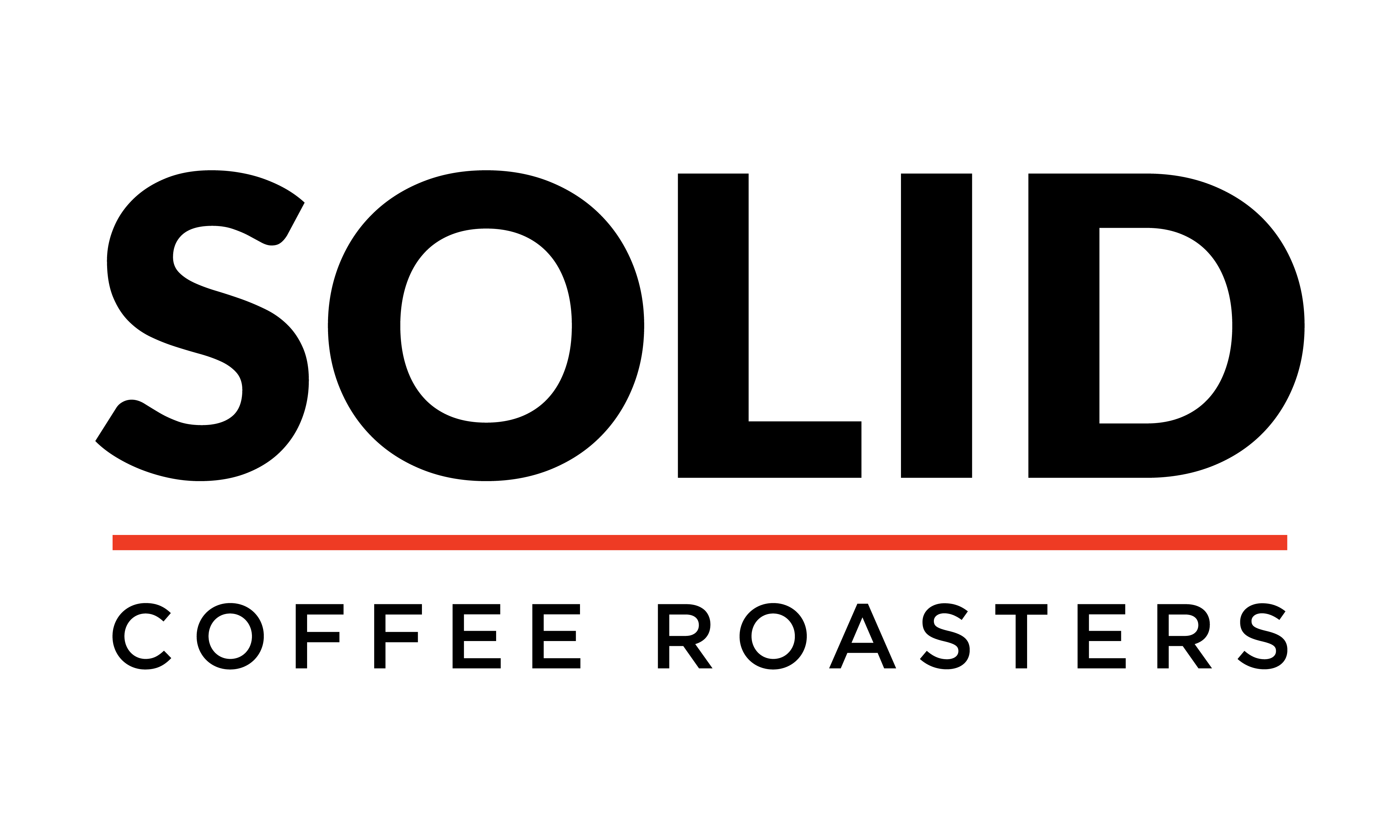Coffee is often overlooked as a product. The statistics vary, but experts agree that somewhere around 1 Billion people in the world wake up with a cup of coffee every single morning. It's one of the few things shared by so many us on this planet, yet we rarely think about where it comes from or how it's made. The abundant availability and mass conglomeration of the coffee industry makes it seem almost mundane at times. For so many of us, it becomes a part of our daily routine, and we forget about the many countries and people that go into crafting the perfect cup.
The coffee product itself is actually about as varied as wine. Much like wine, the altitude, soil, climate, farming practices, and processing of the coffee bean can produce thousands of varietals and tasting notes in the final product. For many years, getting top quality product was very expensive and logistically difficult, but with recent increased interest in specialty coffee and the rise of third wave coffee companies around the world, more and more people have access to this product every day. Solid Coffee Roasters in no exception.
As we grow and try to carve out our own little niche in the Southern California specialty coffee industry, we want to put an increasing focus on excellence and authenticity. As a result, we would like to let you - our customers and extended family - in on the details of how we roast our beans and deliver quality product to you everyday. The process of growing coffee as a product is endlessly fascinating and the science can get incredibly complex. Personally, I’ve working in the coffee industry for over two years now and there’s still a great deal I don’t know about coffee on this scale. And while I would love to write about the growing and harvesting process of coffee (and go on some origin trips in the near future), for all intents and purposes, our part of the process with the coffee product begins with our relationship with coffee importers. That being said, I've included a nifty graphic here about the harvesting schedule of beans if you'd like to check it out:

We try not to just work with importers; we are also currently in talks with direct trade farmers in both Ethiopia and Nicaragua, and we are looking for ways to expand the direct trade side of our business soon.
The way we get our beans now is fairly simple, although it does involve logistical co-ordination and co-operation. We work with two importers who start by sending their coffee experts all over the world -directly to origin-: Ally Coffee & Crop to Cup. From there, they test all the harvested beans for quality before purchasing the un-roasted product from the farmers growing that crop. We are then sent samples by the importer. These samples come in small amounts, and they are green, which means they aren't roasted yet. We get to see if the green coffee is good for our roasters and the product we want to offer. If it's an offering that we are looking to add to our lineup (and the price is right) we will sample roast it, cup it (taste it) and and then begin further discussions with the importer. We then make a commitment to a certain amount of bags or pounds and figure out the best way to offer this bean depending on what our clientele (retail, espresso, wholesale, pour over, drip, etc.). The beans are then shipped to a warehouse in Long Beach where we pick them up and prepare them for roasting.

As we continue this series, I will attempt to break down the various roasting processes we use in creating Solid’s final coffee been product. As I mentioned before, the science and logistics behind Coffee’s worldwide report is endlessly fascinating. I hope that you enjoyed this little blurb on how we get our coffee, and I hope that you enjoy reading more in the future.
Take it easy and, as always, drink great coffee!


Share:
Meet Team Solid: Jo-Jo, Store Manager
New Bean - Tanzania Mwalyego